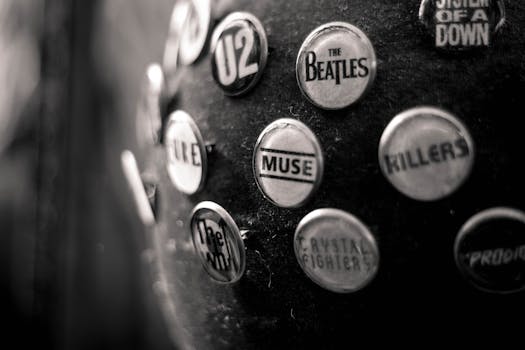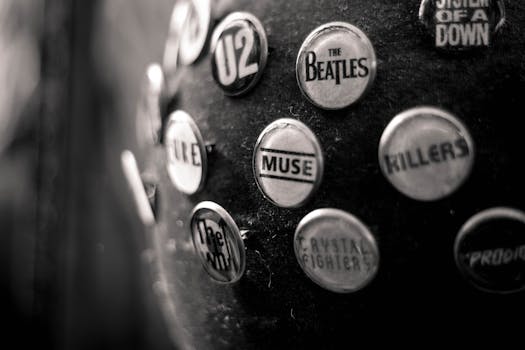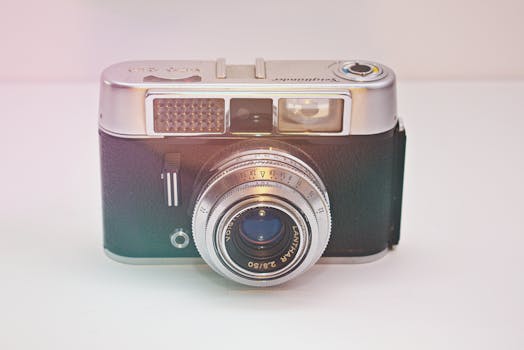
Fashion History: Iconic Styles That Shaped the Industry
Takeaways: This article delves into the rich history of fashion, highlighting iconic styles that have defined eras and influenced contemporary trends. From the flapper dresses of the 1920s to the power suits of the 1980s, we explore how these styles not only reflect the aesthetics of their time but also the cultural shifts and societal changes that accompanied them.
Introduction

The Roaring Twenties: Flapper Style

Designers like Coco Chanel revolutionized women’s fashion by introducing styles that prioritized comfort and freedom of movement. The flapper dress was often adorned with fringe, beads, and sequins, making it perfect for the jazz-infused nightlife of the time. This style not only marked a departure from the restrictive garments of the previous decade but also symbolized a new, more modern woman.
The Mid-Century Modern: The New Look

Dior’s designs were a response to the cultural desire for a return to normalcy and glamour. The New Look not only transformed women’s clothing but also impacted the fashion business, leading to a boom in the haute couture industry. This period also saw the rise of fashion icons like Audrey Hepburn and Marilyn Monroe, who embodied the elegance and allure of mid-century fashion.
The 1960s: Mod and Youth Culture
The 1960s marked a revolution in fashion, influenced by the youth culture and social movements of the time. The Mod style, characterized by bold colors, geometric patterns, and a distinct sense of individuality, emerged as a powerful fashion statement. Designers like Mary Quant and André Courrèges played pivotal roles in shaping this movement.
Key pieces from this era included mini skirts, shift dresses, and go-go boots, which reflected the youthful exuberance and desire for change. The Mod movement also embraced androgyny, challenging traditional gender norms in fashion. This decade not only redefined style but also paved the way for future generations to express themselves through clothing.
The 1980s: Power Dressing
The 1980s ushered in an era of excess and boldness in fashion, where power dressing became a significant trend, particularly for women entering the corporate world. Shoulder pads, tailored suits, and vibrant colors characterized this style, symbolizing women’s empowerment and their growing presence in the workplace.
Designers like Gianni Versace and Claude Montana embraced this trend, creating pieces that exuded confidence and authority. The power suit became an essential wardrobe staple for women, combining femininity with a strong, assertive silhouette. This era of fashion not only reflected societal changes but also influenced how women were perceived in professional environments.
Conclusion
Fashion history is a testament to the evolving nature of society and cultural norms. Each iconic style we explored in this article—be it the liberated flapper of the 1920s, the glamorous New Look of the 1940s, the bold Mod fashion of the 1960s, or the empowering power suits of the 1980s—has left an indelible mark on the fashion industry and beyond. Understanding these styles helps us appreciate the past while influencing contemporary fashion trends. As we continue to navigate the ever-changing landscape of fashion, we can look back at these pivotal moments and draw inspiration for the future.







